Jean Baptiste Claude Séné (1748-1803) was a master chair maker in Paris who was active from the later years of Louis XV’s reign through to the Revolution.
I photographed these chairs of his in the museum of the Gulbenkian Foundation in Lisbon last year.
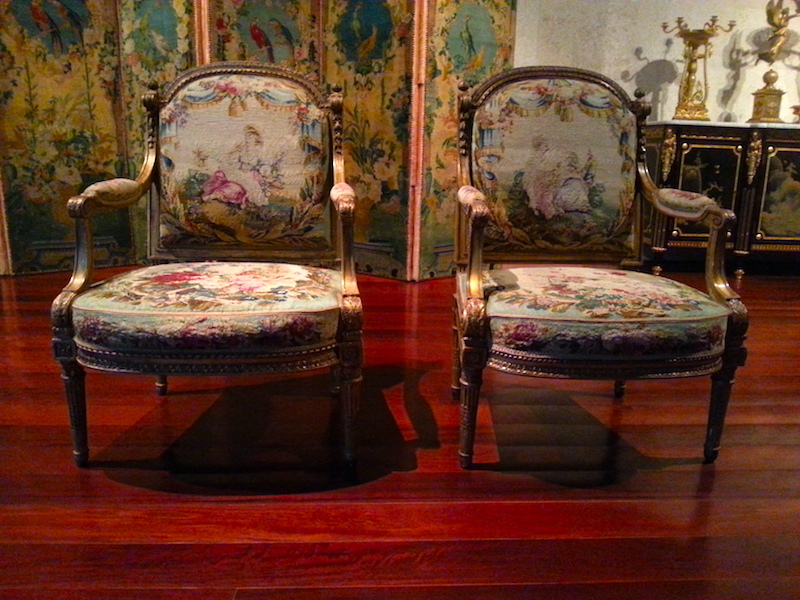
Pair of fauteuils by J.B.C. Séné in the Gulbenkian Foundation museum in Lisbon.
Lisbon is a surprisingly good place to see French fine and decorative arts of the Versailles Century (1682-1789) period. Apart from the Gulbenkian Foundation, there’s also the Museu Nacional de Arte Antiga (MNAA) and various palace museums. The Portuguese elite were such francophiles that many high quality pieces make their home in the city by the Tagus. Apart from the chairs pictured above, there are many other items of French furniture in the Gulbenkian’s collection that I’ll share in future posts.
Back to Séné. According to the French Wikipedia, Jean Baptiste Claude Séné was a 3rd-generation master chair maker (maître menuisier en sièges). His father, Claude II Séné, and grandfather, Claude I Séné, were also renowned craftsmen. Presumably, young Jean Baptiste Claude trained in the workshop of one or both of them. However that may be, he achieved his mastership in 1769 at the startlingly young age of 21. His most prominent commission, again according to French Wiki, was to supply chairs — a category which could include sofas (canapés) and daybeds (lits de repos) in addition to every type of chair — to Louis XVI for the chateau he was building at Montreuil for his sister, Madame Elisabeth.
The provenance of the chairs in the Gulbenkian Foundation’s collection is not explained in the information posted onsite at the museum. I can specify, however, that they date from the years 1780 to 1785. Furthermore, they are made of carved and gilded beechwood. The upholstery consists of Beauvais tapestry. The picture below provides a more close up view of the tapestry work.
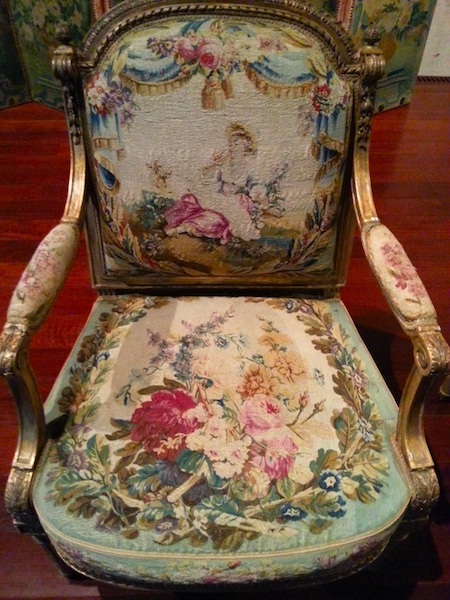
Tapestry work on the seat of a chair by J.B.C. Séné in the Gulbenkian Foundation museum.
If you happen to be in Lisbon, I highly recommend a visit to the Gulbenkian Foundation to see its collection of Versailles Century art and furniture. Have you visited this museum? If so, please share your impressions in the comments below, on the Versailles Century page on Facebook, or under the relevant image in our gallery on Instagram (@versailles_century).







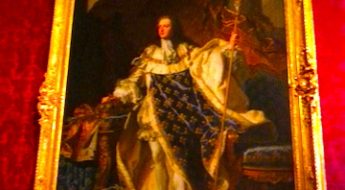
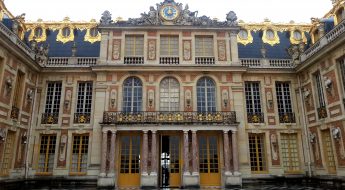
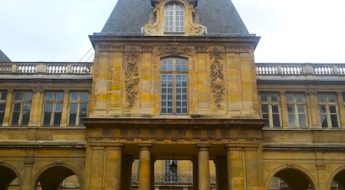








Leave a Comment